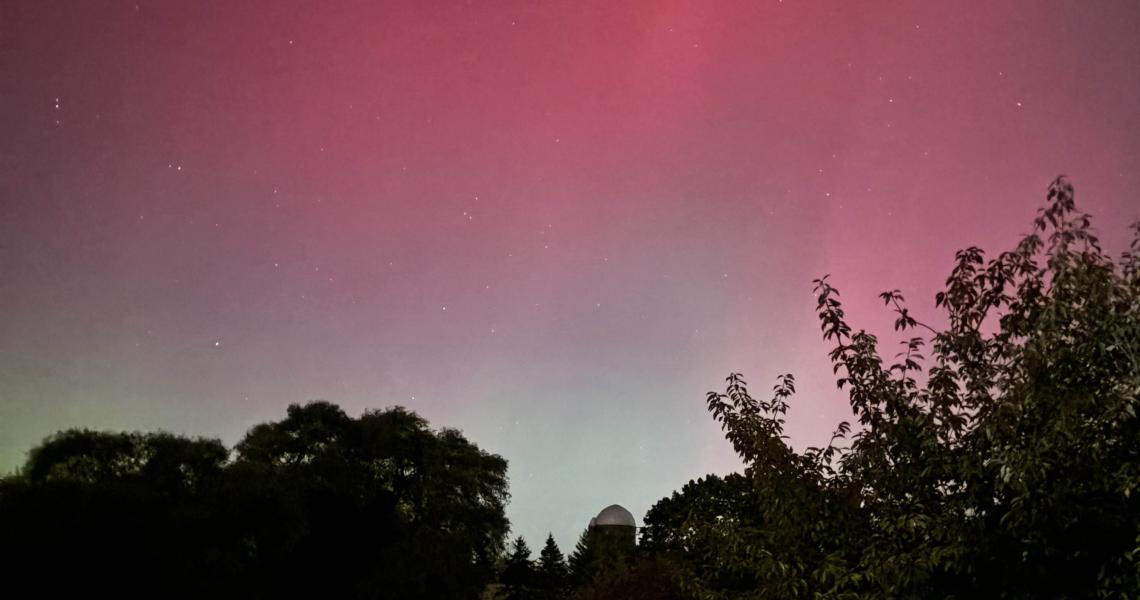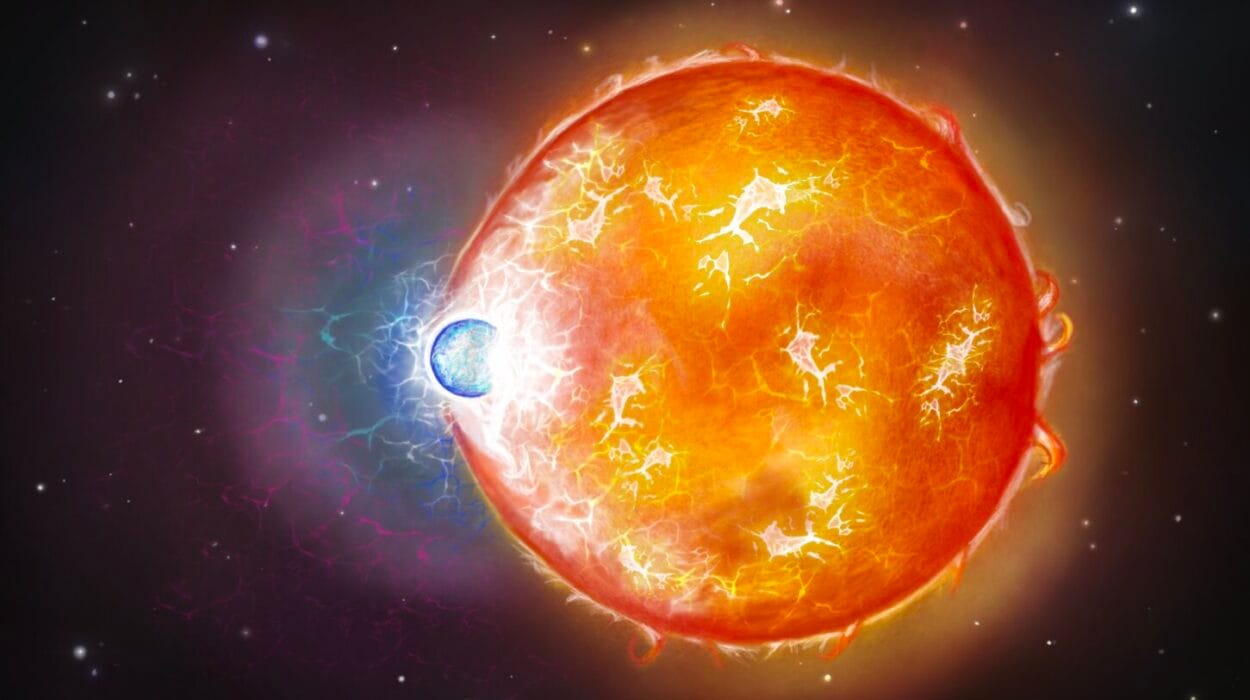In the grand cosmic theater of high-energy phenomena, where stars live fast and die in violent explosions, few objects captivate astronomers like X-ray binaries. These exotic stellar pairs are the turbulent marriage of two very different stars—one vibrant and often massive, the other a collapsed, dense remnant of stellar death. Within this class, the Be/X-ray binaries (Be/XRBs) stand out for their dramatic behavior. Now, a quiet but compelling member of this family—SXP 138, nestled in the Small Magellanic Cloud (SMC)—has drawn the attention of Indian astronomers wielding the power of NASA’s NuSTAR.
Their findings, recently unveiled in a detailed preprint on arXiv (March 26, 2025), offer a rare and illuminating look into the life of this enigmatic pulsar. The study, led by Soham Pravin Sanyashiv of the Indian Institute of Science Education and Research (IISER) Kolkata, leverages high-energy X-ray data to peer deep into the turbulent heart of this binary system, revealing unexpected insights about its pulsar spin behavior, pulse structure, and spectral personality.
Let’s journey into the cosmos and explore what makes SXP 138 not just another X-ray emitter, but a key to unlocking the deeper mysteries of neutron star physics.
A Strange Couple in a Nearby Galaxy
The story of SXP 138 begins in the Small Magellanic Cloud, a dwarf galaxy orbiting our Milky Way some 200,000 light-years from Earth. Here, SXP 138 resides as a part of a Be/X-ray binary—a subclass of high-mass X-ray binaries (HMXBs) characterized by a Be-type companion star and a compact neutron star.
Be stars are hot, massive, and fast-spinning—surrounded by circumstellar gas disks thrown off by their centrifugal force. These disks occasionally feed the gravitational monster orbiting nearby: the neutron star. As matter spirals in, it releases a torrent of energy in the form of X-rays, making these systems glow like fireflies on X-ray sky maps.
What sets SXP 138 apart is the behavior of its neutron star—a pulsar with a measured spin period of 138 seconds, a relatively slow pace compared to many of its kind. Like a cosmic lighthouse, the pulsar emits regular beams of X-rays as it rotates. But these beams are far from consistent. Observing how they vary over time offers clues to the pulsar’s environment, feeding processes, and underlying physics.
NuSTAR: A Telescope for High-Energy Truths
To crack the case of SXP 138’s erratic behavior, Sanyashiv’s team turned to NuSTAR, NASA’s Nuclear Spectroscopic Telescope Array—the first space telescope capable of focusing high-energy X-rays (3–79 keV) with exquisite precision.
NuSTAR houses two identical focal plane modules, FPMA and FPMB, which scan the skies for X-ray emissions from the most energetic objects in the universe: black holes, neutron stars, supernovae, and beyond. Unlike many optical telescopes that capture starlight, NuSTAR listens to the universe’s fury—decoding emissions from matter heated to millions of degrees.
Between August 2016 and August 2017, NuSTAR turned its gaze toward SXP 138, capturing its light curve, pulse profiles, and spectra with extraordinary detail. The results were surprising, even to seasoned astrophysicists.
Spin Slowdown: A Clue from Time
The first clue came from the pulsar’s spin period evolution. Between the two observation epochs, the spin period increased from 140.69 to 140.85 seconds. This spin-down—however slight—offers a critical diagnostic of the star’s accretion dynamics.
Rather than speeding up due to matter falling in and transferring angular momentum, the pulsar was slowing down, suggesting it had entered what astrophysicists call the propeller regime.
In this regime, the magnetosphere of the neutron star—governed by its intense magnetic field—expands beyond the corotation radius. Here, infalling matter is no longer pulled directly onto the surface. Instead, it is flung away by centrifugal forces, much like water droplets whipped from a spinning umbrella. The neutron star becomes a reluctant eater, inefficiently accreting, with much of the matter repelled outward.
This subtle timing measurement, invisible to the naked eye, reveals a powerful truth: the internal dance between gravity and magnetic pressure is tipping in favor of the latter. SXP 138’s engine isn’t dead—but it’s sputtering, caught in a temporary equilibrium that could shift again with future bursts of accretion.
Pulse Profiles: The Fingerprint of a Pulsar
A neutron star’s pulse profile—the changing intensity of X-rays as it rotates—is like a fingerprint, revealing the shape, temperature, and geometry of its magnetic poles. For SXP 138, NuSTAR’s high time resolution showed a complex pulse structure.
Rather than a simple sinusoidal variation, the light curve revealed two prominent high peaks with positive normalized intensity, paired with two smaller secondary troughs. This suggests an asymmetrical emission pattern, likely caused by hotspots near the magnetic poles of the neutron star.
These peaks correspond to pencil-beam emission—a beam pattern that emerges when the accreted material is funneled onto the magnetic poles, producing narrow, intense X-ray beams perpendicular to the surface. But the weaker negative peaks point to something even more intricate: perhaps the scattering of X-rays in the accretion column, or complex radiative transfer processes as photons interact with dense plasma near the star’s surface.
In essence, this neutron star is not a simple lighthouse—it’s a flickering, anisotropic lamp embedded in a maelstrom of magnetic and gravitational forces.
A Dual-Natured Spectrum: Blackbody Meets Power-Law
One of the most illuminating aspects of the NuSTAR study was the spectral analysis—an examination of the energy distribution of X-rays from SXP 138. It turns out, the data demanded two components to fit the spectrum: a blackbody component and a power-law component.
The blackbody radiation likely comes from the hotspots on the neutron star’s surface, where accreted material impacts and heats the crust to millions of degrees. This component reveals the temperature of the emission zone and its variations.
Meanwhile, the power-law component arises from non-thermal processes—most likely Compton scattering of lower-energy photons by high-energy electrons in the accretion column.
Interestingly, the researchers found that increased accretion activity correlates with a rise in blackbody temperature and a steepening of the power-law slope. This hints at inner disk heating—where material spirals closer to the neutron star—and the formation of structured accretion columns, channels of plasma shaped by magnetic fields.
These spectral fingerprints tell a story of violent inflows, magnetized plasma streams, and energy transformations that are invisible in ordinary starlight.
The Mystery of the Superorbital Period
In addition to its spin and orbital periods, SXP 138 exhibits a curious third rhythm—a superorbital period of approximately 1,000 days. While not addressed in detail in the NuSTAR study, previous observations have noted this long-term variability.
What causes this slow, cyclical behavior? One hypothesis is stochastic warping of the accretion disk, driven by the complex interactions between the Be star’s decretion disk and the neutron star’s gravity and magnetic field. As the geometry of the disk shifts, so too does the rate and manner of mass transfer.
This long-term variability may hold keys to understanding disk instabilities, magnetic interactions, and torque mechanisms. Future monitoring could reveal how these changes relate to spin-up or spin-down phases—giving astronomers a dynamic picture of life in a binary system.
Implications and the Road Ahead
What makes SXP 138 scientifically important isn’t just its peculiar spin behavior or pulse complexity. Rather, it serves as a natural laboratory for studying accretion physics, magnetic field interactions, and neutron star emission mechanisms—topics at the frontier of high-energy astrophysics.
The findings from the NuSTAR observations raise tantalizing questions:
- How often do Be/XRBs like SXP 138 enter the propeller regime?
- What determines the switch between accretion-dominated and propeller-dominated states?
- How do spectral changes track with variations in disk geometry or magnetic alignment?
The researchers suggest that long-term monitoring—especially with instruments capable of tracking spin evolution and spectral shifts—will be key. Missions like NuSTAR, along with upcoming observatories like India’s ASTROSAT-2 and ESA’s Athena, may be able to catch these binaries in the act of transitioning between states.
Conclusion: A Pulsar’s Whisper Across the Void
SXP 138 may be a tiny speck in the sky, orbiting a companion in a galaxy far beyond our own, but thanks to the precision of X-ray observatories and the determination of scientists like Sanyashiv and his team, its voice is now heard more clearly than ever.
In its pulses, flickers, and energy curves, SXP 138 offers not just astrophysical data—but a poetic reminder of the intricate clockwork of the universe. A neutron star born from stellar death continues to spin, slow, and speak across vast cosmic distances—its heartbeat registered by a telescope orbiting Earth and decoded by human curiosity.
As we continue to unlock these cosmic riddles, we not only advance our understanding of physics and astronomy—we deepen our connection to a universe that, despite its overwhelming scale, still reveals its secrets to those who dare to look.
Reference: Soham Pravin Sanyashiv et al, Be X-ray binary pulsar SXP 138: non-linear spin-down, pulse and spectral characteristics, arXiv (2025). DOI: 10.48550/arxiv.2504.07219






